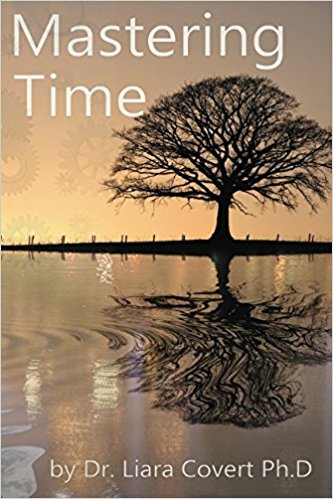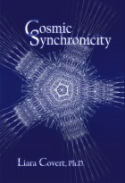At different stages of life, people get tattoos for different reasons . Maybe you have some yourself that echo your own learning curve or act as memorials to loved ones. Maybe you contemplate getting one to recognize a milestone, personal revelation or life change. Maybe you know someone who has tattoos or have seen images of them on people you admire. Even if tattoos do not appeal to you at all, your response to them reveals a lot about yourself.
Notice which tattoo symbols stop you in your tracks. Which emotions do they elicit? What is this really telling you? Is it the prospect of permanence , a distubing fear or anger that surfaces?
Much like symbols in your night dreams, tattoo symbols that capture attention invite you to be aware of the nature of your judgment and the underlying reasons for it. Notice whether you assume only 'certain kinds of people' get tattoos, whether tattoos evoke painful memories of suffering for you or whether they turn you off for other reasons you are not yet accepting.
Notice also who you spend the most time with. How you feel about tattoos is like an invitation to grow mentally, emotionally, physically and spiritually. You are better able to do so when surrounded by people who accept you for who you are and who support your evolving choices.
Anything that evokes emotion silently draws attention to love. Sometimes getting tattoos is a call for love, a gesture of love, an effort to restore balance or to express love. Even that which has little or no appeal to you echoes your state of mind and state of being. Peace and tranquility are ever-present. Everything you do or do not points toward them. This goes without saying.
“Everyone has secrets. It's just a matter of finding out what they are.” -Stieg Larsson, The Girl with the Dragon Tattoo
 Friday, July 29, 2022 at 7:28AM
Friday, July 29, 2022 at 7:28AM  The five prana (vital energy) currents are the Vāyus ("airs" in Sanskrit; The Sanskrit word Vāta literally means 'blown'; Vāyu, 'blower' and Prāna, 'breathing' (note: the breath of life; the *an- in animate). To be aware of these currents and how they influence balance, imbalance is to gain valuable insight and pointers to sustain well-being.
The five prana (vital energy) currents are the Vāyus ("airs" in Sanskrit; The Sanskrit word Vāta literally means 'blown'; Vāyu, 'blower' and Prāna, 'breathing' (note: the breath of life; the *an- in animate). To be aware of these currents and how they influence balance, imbalance is to gain valuable insight and pointers to sustain well-being. Email Article
Email Article  Print Article tagged
Print Article tagged  air,
air,  asanas,
asanas,  balancing,
balancing,  breath,
breath,  breathwork,
breathwork,  heart,
heart,  pranayama,
pranayama,  secrets,
secrets,  vayus,
vayus,  wellness,
wellness,  yoga
yoga 










